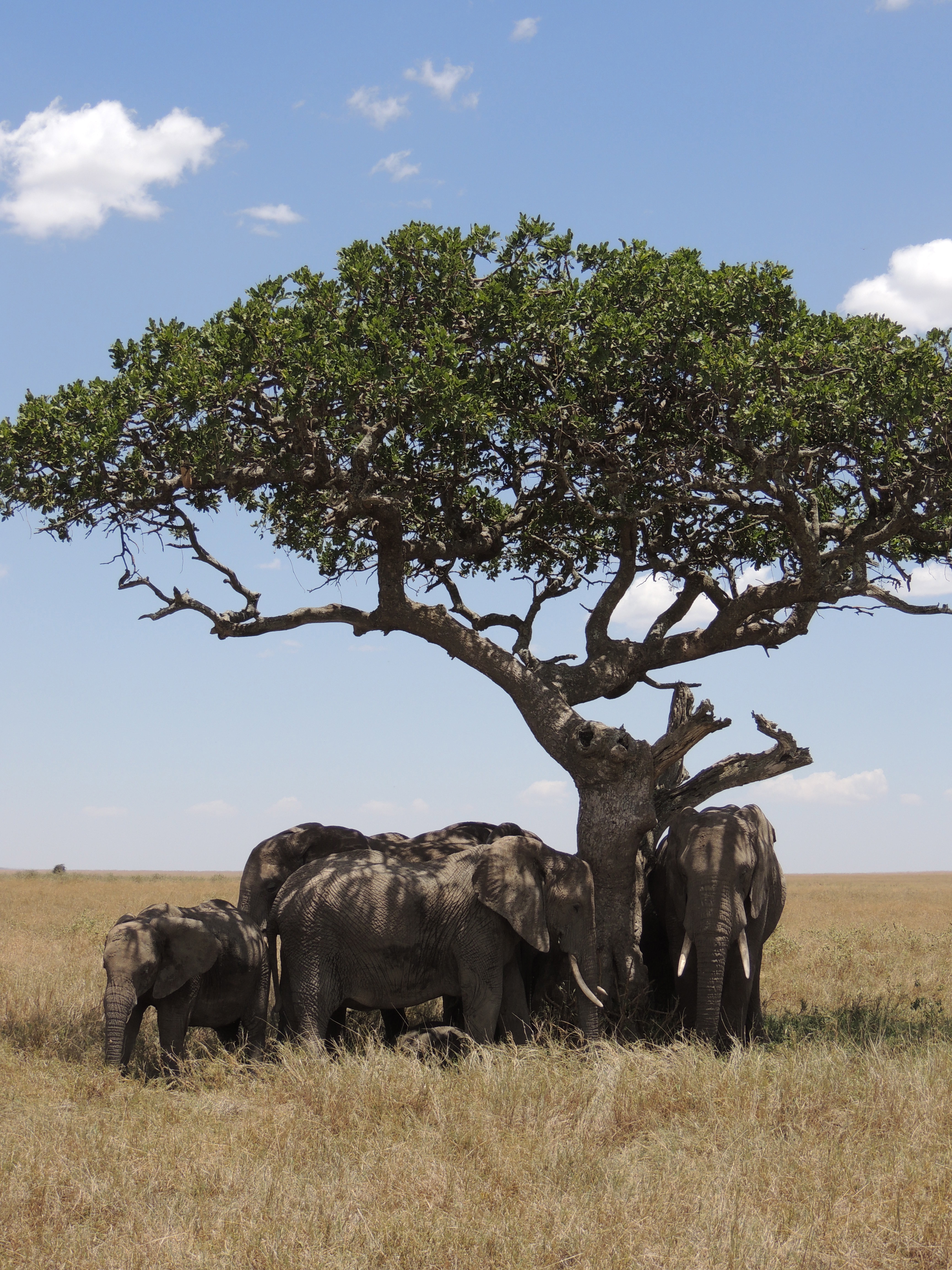I want to thank everyone for their first postings and let you all know that I am having a little trouble with getting on line to answer all of the questions. I have started replying but it will be some time. You can hold your questions until I post from the mountain, which should be by Tuesday or Wednesday. My connection should be good then. In the meantime please look at my pre-thoughts about the expedition and the one photo I have up. There is so much to talk about, and I will get to it when I can get a good connection. Be patient and watch for more info!
This expedition represents a wonderful opportunity for myself as a teacher, as well as the students who get involved from their classrooms and homes. I expect to gain a great deal of knowledge that will help me prepare lessons and activities for the kids. Learning about the biomes of Kilimanjaro and seeing how they really work will help me a lot towards understanding ecology and volcanoes. Sharing with the students and letting them see the scientific data that is being collected should get them all pretty excited!
On a personal note I expect to experience new places and meet new people. I cannot imagine how it will feel to stand at the top of the volcano and know that I have reached a goal that was set many years ago. I am also looking forward to being a part of a team effort where we will learn about each other as well as ourselves.
In preparing for this expedition I began several weeks ago focusing on my running and biking in order to build my cardiovascular system. I usually run 30 or more miles a week and put in another 60 to 100 miles on my bike. Of course, during the training I have lots of time to think about what it will be like at such a high altitude and what I will need to bring with me to make sure that when the weather change I don’t get in trouble.
From an education standpoint, I have been reading and learning about the area of Tanzania that we will be visiting and trying to convey that information to the students so that we can all get a basic understanding of what to expect. I have studied the Globe protocols so that I know what kind of measurements we will be taking, as well as reading information on the permafrost and glacier conditions at the top of the mountain.
The main scientific questions that are being addressed on the expedition will be focused on the heat flow and the water distribution on the volcano. The glaciers at the top are rapidly declining. One of the questions is to figure out what the main factors are causing this to happen. There are environmental factors that relate to climate change that seem to be at work here, but there are also internal factors from the volcano itself that may get adding heat to the system at the top and affecting the melting of the ice.
Where is all of that water running off to? The glacial melt has been feeding the steams that run down the mountainside and supply water to the surrounding areas, which is used by plants, animals, and humans. With the water at the top gone, how will that affect the other systems and biomes that exist in this region?
Having spent most of my own in the Arctic and the Antarctic, I am very interested in learning about the permafrost and the glaciers at the top of Kilimanjaro. I am looking forward to talking with the scientists on the trip about how and when this area formed and how it has changed to the state that it is in today. I also want to look at the data and the projections on how this biome will change over the next few decades and what changes to the organisms it will have.
I would have liked to measure the CO2 changes at each biome to help better understand what is happening with the photosynthesis as well as the respiration activity in the soils at each level. We would need a gas analyzer and some chambers to take these measurements. I would expect to see different amounts of change at each of the biome layers, including some of the plant species moving into new layers.
 Try these questions. How many elephants are hiding under this tree? Why are they hiding? How is this connected with volcanoes and plate tectonics? Have fun!
Try these questions. How many elephants are hiding under this tree? Why are they hiding? How is this connected with volcanoes and plate tectonics? Have fun!
